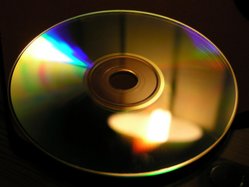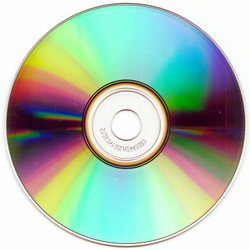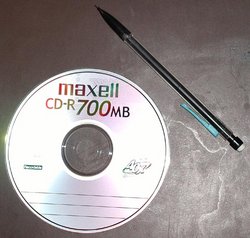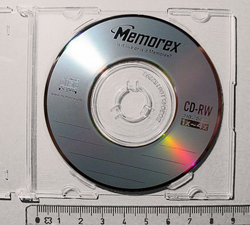Multi-Disc Players
A compact disc (or CD) is an optical disc used to store digital data, originally developed for storing digital audio. It is the standard playback format for commercial audio recordings today. more...
A standard compact disc, often known as an "audio CD" to differentiate it from later variants, stores audio data in a format compliant with the red book standard. An audio CD consists of several stereo tracks stored using 16-bit PCM coding at a sampling rate of 44.1 kHz. Standard compact discs have a diameter of 120 mm, though 80 mm versions exist in circular and "business-card" forms. The 120 mm discs can hold 74 minutes of audio, and versions holding 80, 90 or even 99 minutes have been introduced. The 80 mm discs are used as "CD-singles" or novelty "business-card CDs". They hold about 20 minutes of audio. Compact disc technology was later adapted for use as a data storage device, known as a CD-ROM.
History
In the early 1970s, using video Laserdisc technology, Philips' researchers started experiments with "audio-only" optical discs, initially with wideband frequency modulation FM and later digitized PCM audio signals. At the end of the 70s, Philips, Sony, and other companies presented prototypes of digital audio discs.
In 1979 Philips and Sony decided to join forces, setting up a joint taskforce of engineers whose mission was to design the new digital audio disc. Prominent members of the taskforce were Kees Immink and Toshitada Doi. After a year of experimentation and discussion, the taskforce produced the "Red Book", the Compact Disc standard. Philips contributed the general manufacturing process, based on the video Laserdisc technology. Philips also contributed the Eight-to-Fourteen Modulation, EFM, which offers both a large playing time and a high resilience against disc handling damage such as scratches and fingerprints; while Sony contributed the error-correction method, CIRC. The Compact Disc Story, told by a former member of the taskforce, gives background information on the many technical decisions made, including the choice of the sampling frequency, playing time, and disc diameter. According to Philips, the Compact Disc was thus "invented collectively by a large group of people working as a team."
The Compact Disc reached the market in late 1982 in Asia and early the following year in other markets. This event is often seen as the "Big Bang" of the digital audio revolution. The new audio disc was enthusiastically received and its handling quality received particular praise. From its origins as a music format, Compact Disc has grown to encompass other applications. Two years later, in 1985, the CD-ROM (read-only memory) was introduced. With this it was now possible to disseminate massive amounts of computer data instead of digital sound. A user-recordable CD for data storage, CD-R, was introduced in the early 1990s, and it became the de facto standard for exchange and archiving of computer data and music. The CD and its later extensions have been extremely successful: in 2004 the annual worldwide sales of CD-Audio, CD-ROM, and CD-R reached about 30 billion discs.
Read more at Wikipedia.org




